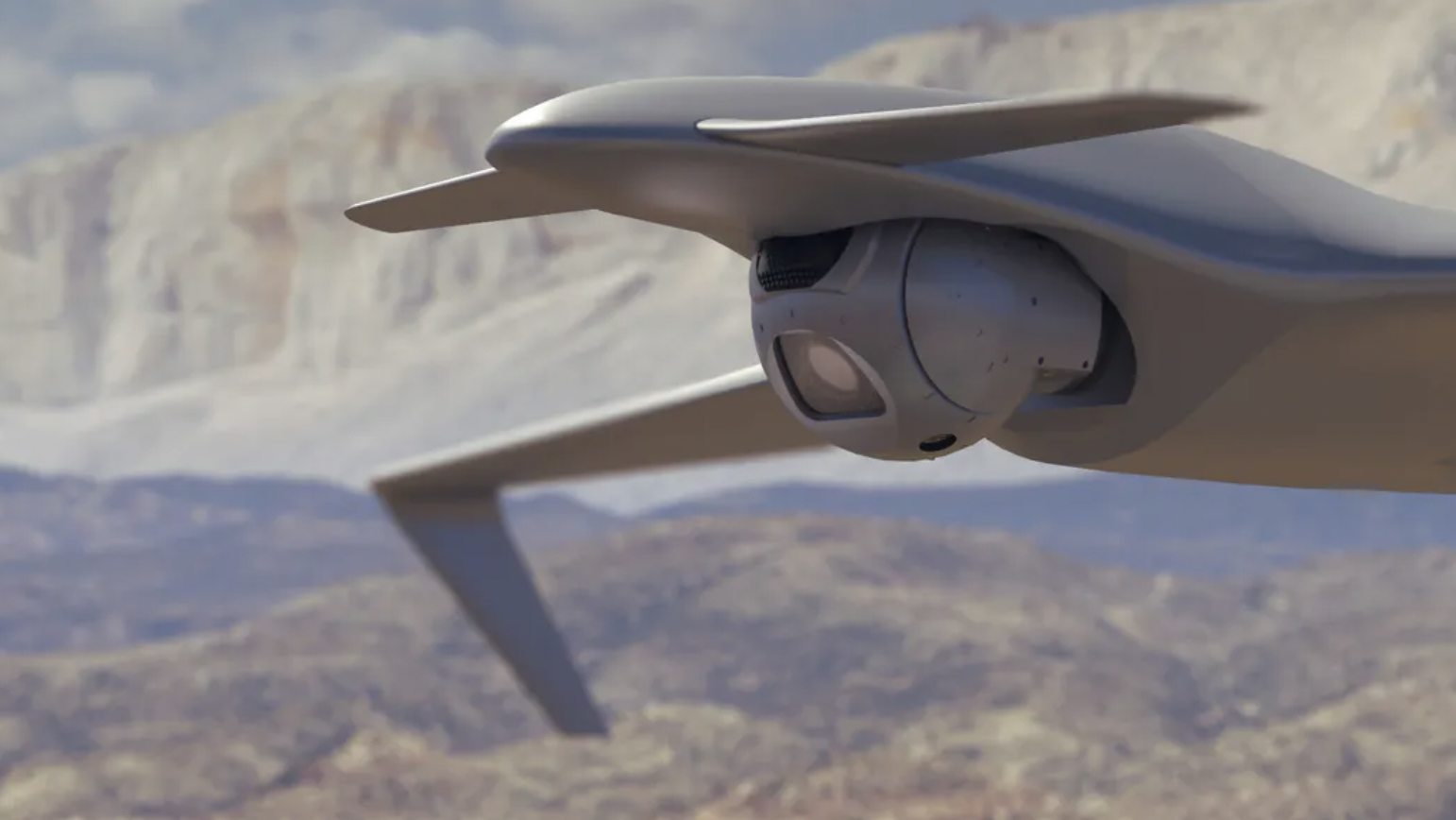
The Air Force Research Laboratory is seeking companies to develop advanced-technology, inexpensive electro-optical sensors for small disposable unmanned aerial vehicles (UAVs). The Low-Cost Optical Systems Technology (LOW-COST) project aims to reduce the cost, size, and weight of optical systems in small UAVs operating in combat conditions by using meta optics.
Meta optics, also called metalenses, is a new flat lens technology for sensing and imaging in unmanned vehicles, augmented-reality displays, and consumer electronics. Meta optics are based on metamaterials, which are composed of unit cells that are much smaller than the operating wavelength, allowing for greater manipulation of light. The technology was developed by DARPA’s Extreme Optics and Imaging (EXTREME) program which was able to improve the efficiencies of the metalenses, expand their apertures to centimeter-scale, develop methods to reduce the effect of optical aberrations, and explore new optical design space and associated tradeoffs in size, weight, and power (SWaP) afforded by such metalenses.
The onboard infrared and visible-light sensors currently in use are difficult to integrate on small UAVs due to their size and weight. Conventional, high-performance electro-optics are held in place by a supporting structure that maintains the alignment of the optical elements – which can occupy much more volume than the lenses themselves. This leads to the necessity of having to choose between volume and weight, size and performance, and complexity/cost.
It’s expected that using meta optics has the potential to yield relatively small and high-performance infrared sensors, due to their flexible optical system design and component manufacturing. They should also be able to provide a new capability for active and passive infrared and visible-light sensors, along with autonomous sensing capabilities that are not currently possible on small UAVs.
